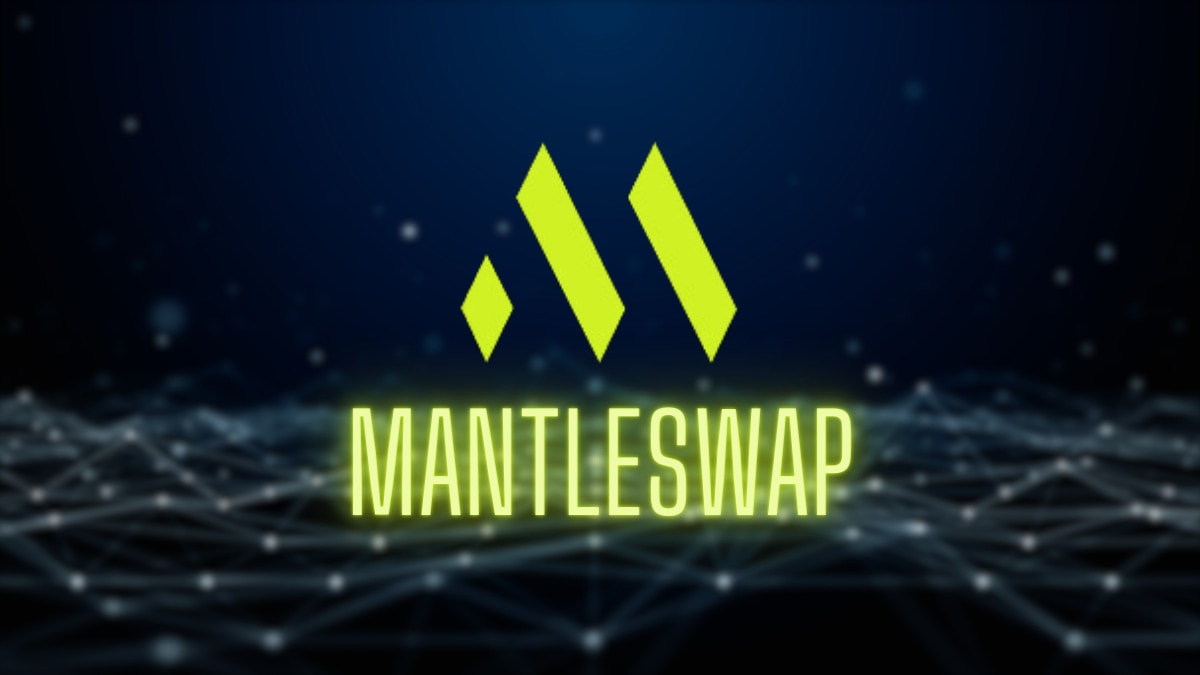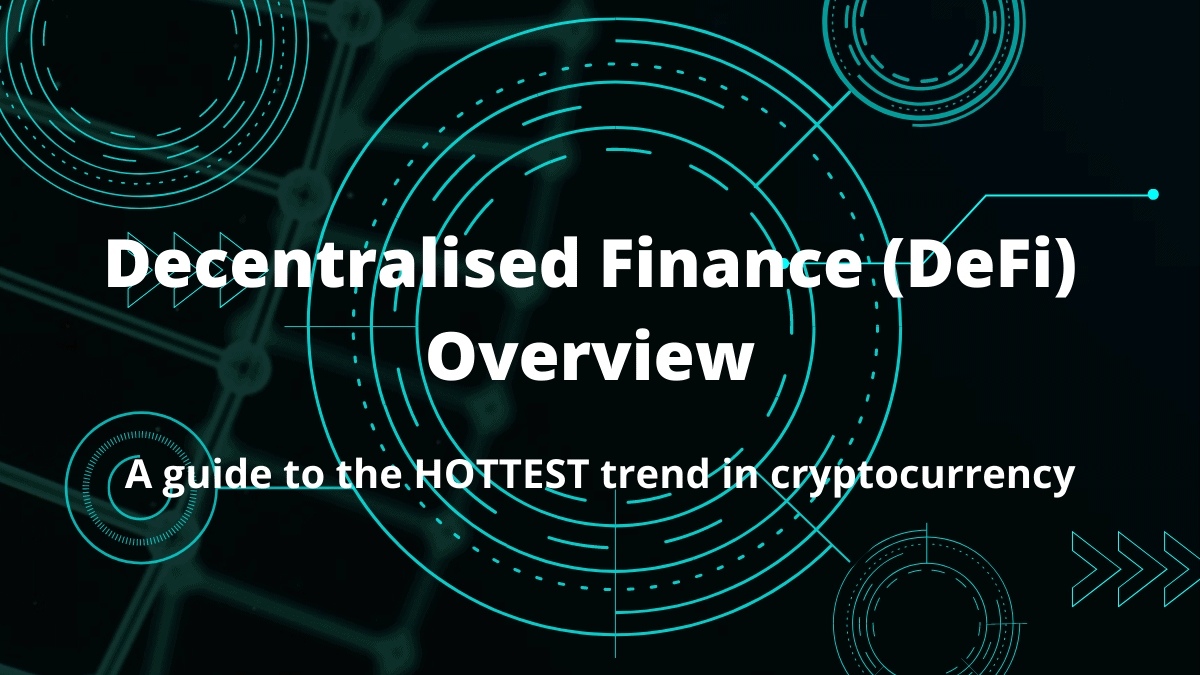Sei Network has confirmed airdropping its SEI tokens for the testnet validators and participants. Season 2 airdrop was completed on 16th May 2024 and 44,445 unique addresses received 34,435,600 SEI! Meanwhile, Season 3 is expected to happen anytime soon! In this article, we will explain what Sei Network is and what you can do to position yourself for the $SEI airdrop.
Check out our video guide!
What is Sei Network?
Sei Network is a layer-1 blockchain built with the Cosmos SDK, and is designed to become the preferred chain for decentralized exchanges (DEXs) in DeFi, NFTs, and GameFi. The blockchain is optimized to enhance the functionality of exchanges and provide the best user experience for their customers. They achieve this by incorporating a native order matching engine that enables DEXs built on the blockchain to be on par with centralized exchanges (CEXs) in terms of executing orders. As a result, the end users can trade tokens, NFTs, and in-game items much faster and at minimal cost.
Sei Network Ecosystem
In October 2022, Sei Network launched a $50 million Ecosystem and Liquidity Fund to support the development of new applications and help teams bootstrap liquidity going into mainnet launch. The fund was backed by some of the top venture capital firms such as Multicoin Capital and Delphi Digital. As of now, there are more than 50 projects building on the ecosystem, ranging from infrastructure to fiat on/off ramps.
Who is the Team behind Sei Network?
Jeffrey Feng and Jayendra Jog are the co-founders of Sei Network, which has a team of skilled professionals with previous work experience at renowned organizations like Airbnb and Goldman Sachs. The team is now raising Series A funding at a $400 million token valuation, according to The Block.
Does Sei Network have a Token?
Yes, Sei Network is planning to launch their $SEI token. The SEI token has several features on the Sei network including paying network fees, staking, governance, used as collateral, for tipping validators and trading fees.
3% of the total SEI token supply will be allocated to the first rewards pool, known as ‘Season 1’. This means that there is a good chance that there will be an airdrop for Season 2!

How to receive season 2 $SEI Airdrop?
The best way to receive $SEI airdrop is to interact with the Seinami Incentivized Testnet. Within the testnet, there are 4 unique acts (currently closed) consisting of various tasks to complete. These tasks are designed to stress test Sei’s validator usability and security. Each completed task awards points, which directly correspond to your $SEI token rewards. Once the testnet period is finished, the token rewards will be distributed according to the tallied scores of all validators and participants. The Seinami Testnet missions in order to receive a potential airdrop can be found here. A lot of these require technical skills, e.g. to try hacking into their exchange, which might prove to be difficult.
However, Act 4 had several missions which involve growing the Sei ecosystem and simulating real-world trading. These tasks are easier to complete in order to get a Sei airdrop.
Here is a step by step guide on how to get the Sei testnet airdrop.
- Place limit order on Vortex (long or short and in any market).
- Place market order on Vortex (long or short in any market).
- Place multiple Long/Short orders in one transaction (i.e. a bundled order placement) in any market.
- Get liquidated on Vortex.
- Refer a friend to sign up for Sei.
- Get your friend to refer another on Sei.
- Note that for tasks 1-4, it is not enough to just do the task. Users must also submit their transaction details and wallet address to the team for verification. There is also a cap on how many submissions users can do in one day. Check here for full details.
- All 4 Seinami Testnet Missions are closed. However, you can still mint Sei Sunken Treasure NFTs until 23rd April 2023. To do this, go to https://seinetwork.io/treasure and connect your Keplr wallet. Then, do at least 25 transactions on the Atlantic-2 testnet. Afterwards, send gifts to other users. Finally, claim your NFT.
- If you are eligible, register 1 .sei domain name.
How to get the Sei Foundation ($SEI) season 3 airdrop
Here is a guide on how to get the potential Sei Foundation ($SEI) season 3 airdrop. Note that these steps are based on experiences from the Season 2 eligibility criteria and are speculation only.
- Buy NFTs from Pallet Exchange
Go to Pallet Exchange and buy 3 NFTs. Based on the season 2 airdrop, only NFTs from the top 8 collections were eligible for the airdrop. So, we suggest you only buy from the top NFT collections on Pallet Exchange such as Cappys, Seiyans, Fuckers or WeBump.
- Stake $SEI
Stake 100 $SEI on: (1) Silo for iSEI; (2) Krptonite for stSEI; and (3) Sei.
- Use DragonSwap
Go to DragonSwap and swap $SEI for some other tokens. Then, go to Pools, choose a pool and create a position worth at least US$100. We suggest creating a position in the iSEI/SEI pool as you would have some iSEI from step 2 above.
- Use Jellyverse
Go to Jellyverse and swap $SEI to other tokens. Then, go to Pools and create a position worth at least US$100. We suggest creating a position in the fastUSD/USDC pool since it is more stable. However, you can also choose pools that have a high APR.
- Swap tokens on Yaka Finance
Go to Yaka Finance and swap $SEI to other tokens.
- Supply and borrow on Yei Finance
Connect to Yei Finance and click “Wrap/Unwrap SEI” on the top right hand corner. Swap SEI to WSEI tokens. Then, go to “Markets”, and supply and borrow WSEI.
- Buy memecoins
Go to Dex Screener and find some Sei memecoins. Buy around US$20 each of some coins. You can consider buying Milli Coin ($MILLI), Chip$ ($CHIPS), Seiyan ($SEIYAN), Shenron ($SHENRN) or Popo the Cat ($POPO).
Airdrop Review
When reviewing an airdrop, there are several factors to consider. First, the likelihood the project will even do an airdrop in the first place. Then, to look at how many tokens the project intends to allocate towards airdrop campaigns, as well as the difficulty in participating in their airdrop. It is also important to look at the utility of the token so that there will be an actual use and purpose in participating in the airdrop in the first place. Finally, a factor to consider when reviewing an airdrop is whether the airdropped tokens are subject to any lockup period.
Likelihood of Airdrop: Sei has confirmed they will do an airdrop after the mainnet launch in the coming months.
Airdropped Token Allocation: 3% of the total $SEI supply will be airdropped in season 1.
Airdrop Difficulty: Some of the Seinami Testnet validator tasks are quite difficult as they require technical skills. Try completing the easier participant tasks first.
Token Utility: The SEI token has several functions on the Sei network, including paying network fees, staking, governance, collateral, tipping validators, and trading fees.
Token Lockup: There is no lockup period for the airdropped tokens.
Frequently asked questions (FAQs)
On 16th May 2024, Sei Foundation took the snapshot for its Season 2 airdrop and distributed 34,435,600 SEI to 44,445 unique addresses. The airdrop rewarded users for Sei staking, liquid staking, and collecting NFTs. Here are the eligibility criteria:
Sei stakers: Stake at least 42 SEI.
Liquid staking token holders: Hold at least 42 iSEI or stSEI at the time of the snapshot.
NFT collectors: Hold 2 or more NFTs from Seiyans, WeBump, Dob, Colony, Cappys, Alive1111, Outlines, Yaka.
To be eligible for the airdrop, participants had to fulfill these criteria at the time the snapshot was taken:
For Sei stakers and liquid staking token holders: 16th May 2024 at 00:00 UTC.
For NFT collectors: 5th May 2024 at 00:00 UTC.
For Sei season 2 token airdrop, Sei stakers and liquid staking token holders were each awarded 1 point, whilst NFT collectors were awarded 2 points. Those who earned 1 point were airdropped 200 SEI, those who earned 2 points were airdropped 3,000 SEI and those that earned 3 or more points were airdropped 6,000 SEI.
Here’s how to claim the Sei season 2 airdrop:
Go to https://airdrop.sei.io/
Connect your Compass, Fin or Keplr wallet, depending on which wallet you used to stake your SEI tokens or collected NFTs.
Check your airdrop allocation.
The .sei Name Pre-registration will begin on 23rd August 2023 at 8:00am UTC. The public registration will be launched later on 28th August 2023 at 9:00am UTC.
To be eligible for the .sei name pre-registration, you must:
Have previously claimed any of these OATs: The Ticket, The Ticket II, The Ticket III, and The Ticket IV.
Be a winner of any giveaway hosted by Sei together with their partners.
Each OAT or giveaway win entitles you to register 1 .sei name during the pre-registration phase. Additionally, those who collected all 5 OATs will be able to register a domain (5 characters or more) for 1 year for free.
The pre-registration for .sei domain names will be from 23rd to 28th August 2023 at 8:00am UTC. This period is for eligible addresses only on a first-come-first-served basis. Public registration for .sei domain names will begin on 28th August 2023 at 9:00am UTC.
Yes, you will be able to trade your .sei domain on Sei NFT marketplaces such as BlueMove.
Yes, not every .sei name is up for grabs. The Sei team has reserved certain domains for their partners.
Here’s the cost breakdown for a .sei domain name:
3 characters: US$200 worth of $SEI per year. Or US$150 (25% off) during pre-registration.
4 characters: US$50 worth of $SEI per year. Or US$40 (20% off) during pre-registration.
5 characters: US$5 worth of $SEI per year. Or 1 year free for those that collected all 5 OATs.









